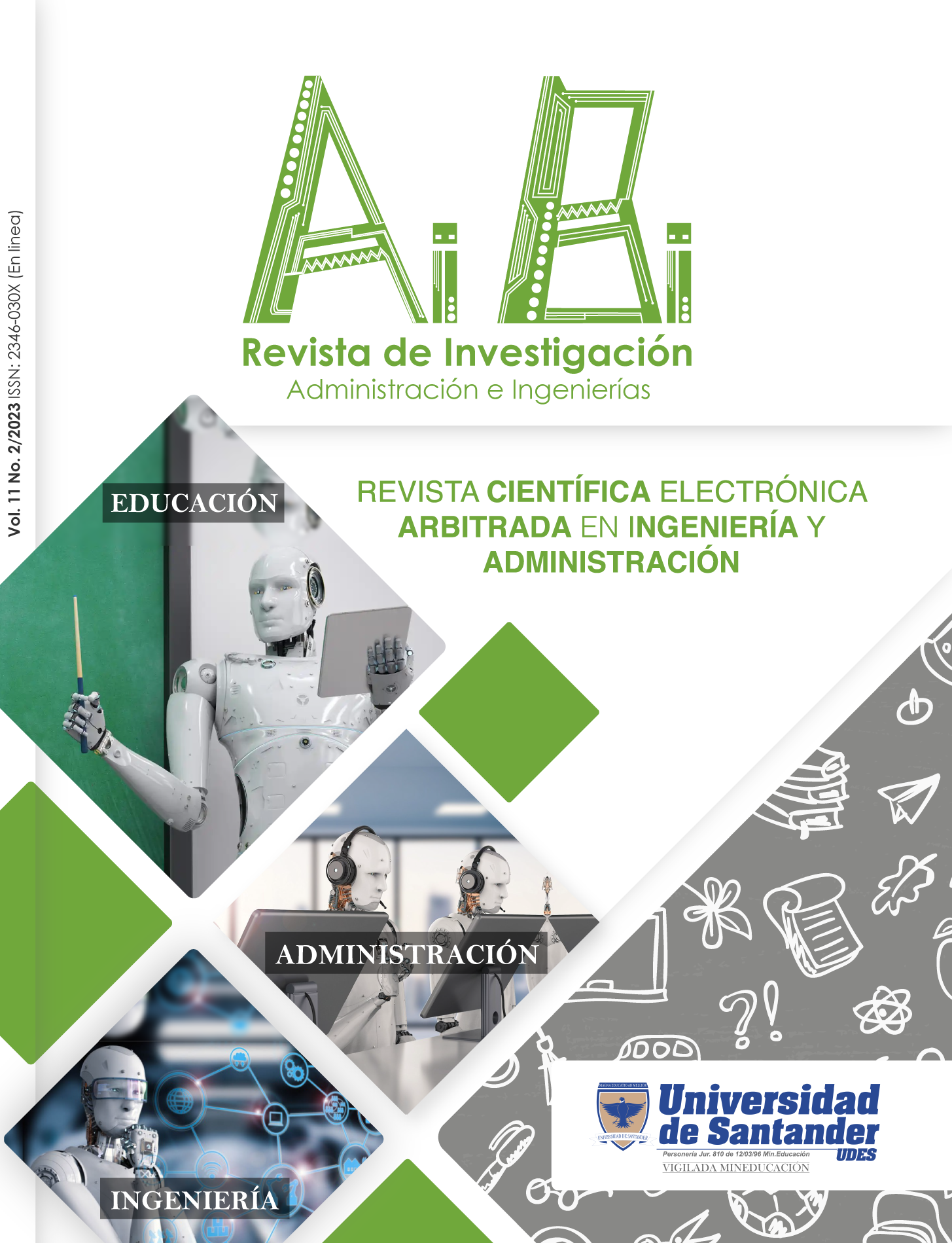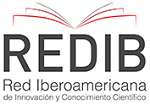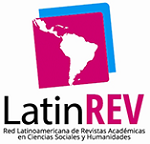Mathematical formulation and evaluation of the antihypertensive activity of Greek yoghurt produced for preventive purposes for the diseases promoted by COVID19
DOI:
https://doi.org/10.15649/2346030X.3090Keywords:
yoghurt, peptide-bioactives, antihypertensive, covid19Abstract
Within the immunonutrition strategies to prevent and/or combat the problems caused by COVID-19, it has been described that bioactive peptides from foods rich in protein and of high nutritional quality, such as yogurt, have direct and indirect effects on the immune system. Moreover, during the pandemic it has been reported that peptides with inhibitory potential of Angiotensin Converting Enzyme (ACE) derived from dairy products participate in the regulation and/or blocking of chemo-enzymatic mechanisms of pathogenesis such as hypertension. Therefore, the in vitro study on the effect of bioactive peptides from food on the molecular mechanisms of diseases promoted by the SARS-CoV-2 virus will allow the integration of a preventive molecular therapeutic framework that partially determines the immune potential of a food. This project seeks to optimize a Greek yogurt formula through the statistical methodology of a response surface design and sensory evaluation including ingredients such as complex B, vitamin C and inulin. Subsequently, the determinations of the proximal chemical analysis for the nutritional declaration will be made in accordance with NOM-051-SCFI/SSA1-2010. Greek yogurt will be subjected to an in vitro model of salivary-gastric-intestinal simulation for the release of bioactive peptides and will be subjected to different concentrations to the in vitro analysis of ACE inhibitory activity (antihypertensive activity assay). With the results obtained, the IC50 will be obtained. Finally, it will be possible to project and verify the hypotheses about the health benefits of the bioactive peptides of Greek yogurt for its future consideration as a functional food).
References
W. Miesbach “Pathological Role of Angiotensin II in Severe COVID-19”. T.H. Open 04, Vol. 02, 2020. e138–e144.
S. Ghosal, J. J. Mukherjee, B. Sinha, K. K. Gangopadhyay “The effect of angiotensin converting enzyme inhibitors and angiotensin receptor blockers on death and severity of disease in patients with coronavirus disease 2019 (COVID19): A meta-analysis” MedRxiv Preprint. 2020.
A. S. Gouda, B. Mégarbane “Snake venom-derived bradykinin-potentiating peptides: A promising therapy for COVID-19” Drug Dev. Res. 82 (1), 2020. pp 38–48.
H. Fan, W. Liao, J. Wu “Molecular interactions, bioavailability, and cellular mechanisms of angiotensin-converting enzyme inhibitory peptides”. J. Food Biochem. 43, (1). 2019.
N. H. El-Abbadi, M. C. Dao, S. N. Meydani “Yogurt: role in healthy and active aging” The Am. J. Clin. Nutr. 99 (Vol. 5). 2014. pp 1263S–1270S.
E. Barengolts, E. Smith, S. Reutrakul, L. Tonucci, T. Anothaisintawee “The Effect of Probiotic Yogurt on Glycemic Control in Type 2 Diabetes or Obesity: A Meta-Analysis of Nine Randomized Controlled Trials” Nutrients 11 (Vol. 3), 2019. pp. 671.
D. Rea, G. Coppola, G. Palma, A. Barbieri, A. Luciano, P. Del Prete, S. Rossetti, M. Berretta, G. Facchini, S. Perdonà, M. C. Turco, C. Arra “Microbiota effects on cancer: from risks to therapies” Oncotarget 9 (Vol 25). 2018. Pp. 17915–17927.
D. Tagliazucchi, S. Martini, A. Bellesia, A. Conte “Identification of ACE[1]inhibitory peptides from Phaseolus vulgaris after in vitro gastrointestinal digestion” Int. J. Food Sci. Nutr. 66 (Vol. 7), 2015. Pp. 774–782.
Y. Yamamoto, J. Saruta, T. Takahashi, M. To, T. Shimizu, T. Hayashi, T. Morozumi, N. Kubota, Y. Kamata, S. Makino, H. Kano, J. Hemmi, Y. Asami, T. Nagai, K. Misawa, S. Kato, K. Tsukinoki “Effect of ingesting yogurt fermented with Lactobacillus delbrueckii ssp. bulgaricus OLL1073R-1 on influenza virus bound salivary IgA in elderly residents of nursing homes: a randomized controlled trial” Acta Odontol. Scand. 77 (Vol. 7), 2019. Pp. 517–524.
S. A. Gouda, F. G. Adbelruhman, H. S. Alenezi, B. Mégarbane “Theoretical benefits of yogurt-derived bioactive peptides and probiotics in COVID-19 patients – A narrative review and hypotheses” Saudi Journal of Biological Sciences, Vol. 28, Issue 10, 2021, Pp. 5897-5905.
ASELAC. Notas del curso de capacitación de Asesoría Láctea S.A de C.V. Taller de extendidos. Texcoco Edo. De México. 2014.
H. Scheffé “Experiment with mixtures”. Journal Royal Statistical Society. 20:344. 1958.
AOAC “Official methods of analysis of the Association of Official’s Analytical Chemist” 17th Edn. Association of Official Analytical Chemists, Arlington, Virginia USA. 2003.
M. Minekus P. Alminger, S. Alvito, T. Ballance, C. Bohn, F. Bourlieu, R. Carriere, M. Boutrou, D. Corredig, C. Dupont, L. Dufour, M. Egger, S. Golding, B. Karakaya, S. Kirkhus, U. Le Feunteun, A. Lesmes, A. Macierzanka, S. Mackie, D. J. Marze, O- McClements, I. M´enard, C. N. Recio, R. P. Santos, G. E. Singh, M. S. J. Vegarud, W. Wickham, A. Weitschies and A. Brodkorb “A standardised static in vitro digestion method suitable for food – an international consensus”. Universidad Politécnica de Valencia. 2014.
M. Chávarri, I. Marañón, R. Ares, F. C. Ibáñez, F. Marzo, M. C, Villarán “Microencapsulation of a probiotic and prebiotic in alginate-chitosan capsules improves survival in simulated gastro-intestinal conditions” International Journal Food Microbiology. 142 (Vol. 2), 2010. Pp. 185-189.
D. W. Cushman, y H. S. Cheung “Spectrophotometric assay and properties of the angiotensin I-converting enzyme of rabbit lung” Biochemical Pharmacology Journal (Vol. 20). 1971. Pp.1637–1648.
Y. K. Kim, y B. H. Chung “A novel angiotensin I-converting enzyme inhibitory peptide from human as1-casein”. Biotechnology Letters (Vol. 21) 1999. pp 575–578.
A. P. Barba de la Rosa, A. Barba-Montoya, P. Martínez-Cuevas, B. Hernández-Ledesma, M. F. León-Galván, A. De León-Rodríguez, C. González “Tryptic amaranth glutelin digests induce endothelial nitric oxide production through inhibition of ACE: Antihypertensive role of amaranth peptides” Nitric Oxide, (Vol. 23), 2010. 106–11.
A. Vera, “Desarrollo de un yogur bebible enriquecido con péptidos bioactivos obtenidos de la hidrólisis enzimática de proteínas de suero lácteo utilizando papaína” Tesis de Maestría en Ciencia y Tecnología de Alimentos Universidad Autónoma de Querétaro. 2017.
W. T. Hsu, B. P. Galm, G. Schrank, T. C. Hsu, S. H. Lee, J. Y. Park, C. C. Lee, “Effect of Renin-Angiotensin-Aldosterone System Inhibitors on Short-Term Mortality After Sepsis". Hypertension 75 (Vol 2). 2020. Pp. 483–491.
OMS “Enfermedades no transmisibles” 2013. Disponible en: www.who.int/mediacentre/factsheets/fs355/es/.
Hernández Bringas, Héctor. "COVID-19 en México: un perfil sociodemográfico." Notas de Población (2021).
Downloads
Published
How to Cite
Downloads
Issue
Section
License
The journal offers open access under a Creative Commons Attibution License

This work is under license Creative Commons Attribution (CC BY 4.0).









